
Zebras are fascinating animals that belong to the horse family and are native to Africa. There are three main species of zebras they are –
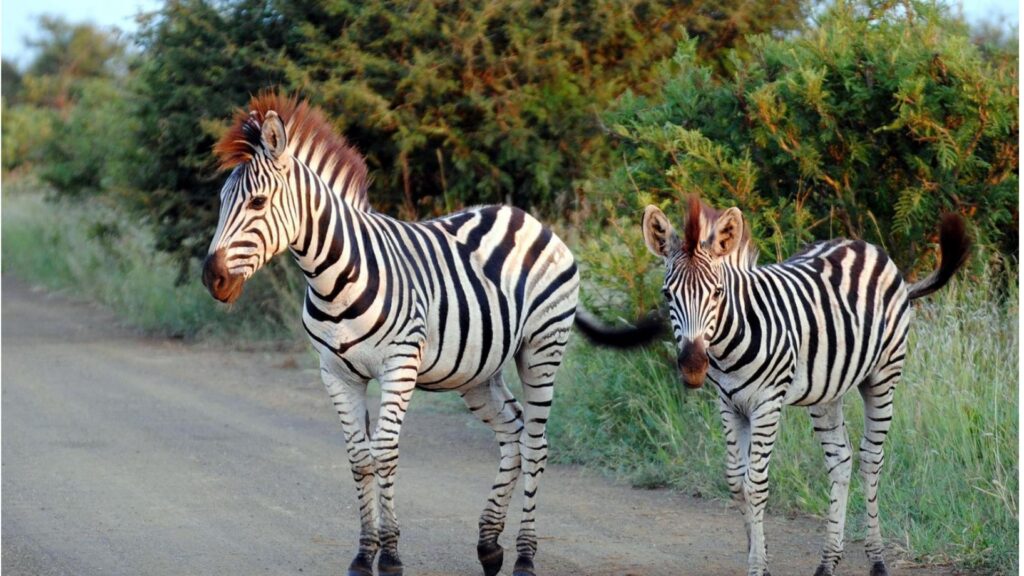
- Plains Zebra 🦓🦓🦓🦓
🦓🦓Grasslands and savannas across eastern and southern Africa. Broad stripes that are wider on the body and may have shadow stripes in between Live in large herds and are highly social. Plains zebras are the most widespread and well-known zebra species.

- Mountain Zebra 🦓🦓🦓🦓
🦓🦓 Rocky, mountainous areas in southern Africa. Narrower stripes with a unique grid-like pattern on the rump. Smaller groups, often led by a dominant male. They have a dewlap which distinguishes them from other species.

- Grevy’s Zebra 🦓🦓🦓🦓
🦓🦓 Semi-arid grasslands and savannas in Kenya and Ethiopia. Thin, closely spaced stripes covering the body with a white belly. Less social, often found in smaller groups or alone. Grevy’s zebra is the largest and most endangered zebra species.
Here are some more Zebras Facts –
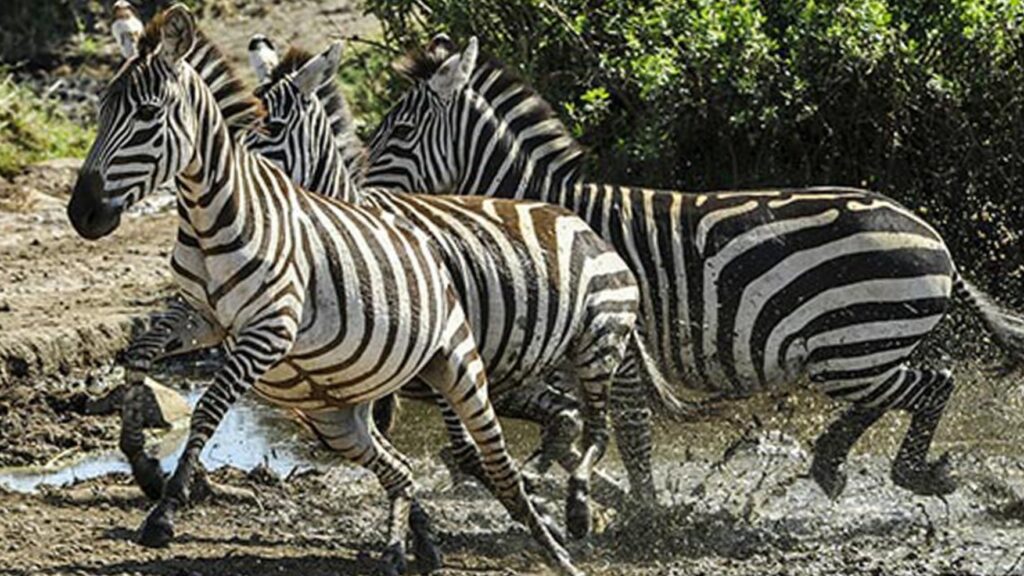
🦓The stripes are thought to provide camouflage, regulate body temperature, and deter biting flies.
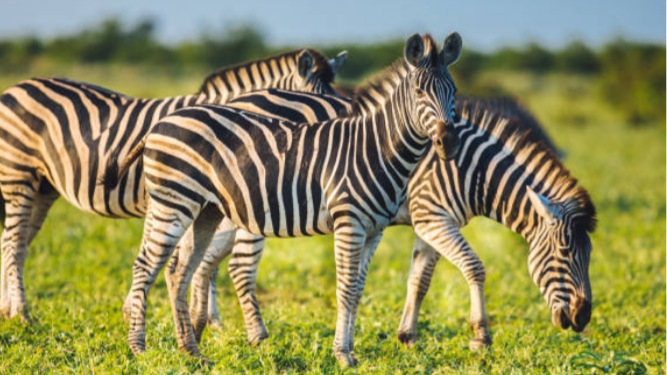
🦓 Zebras are herbivores, primarily grazing on grasses but also eating leaves and bark when food is scarce.
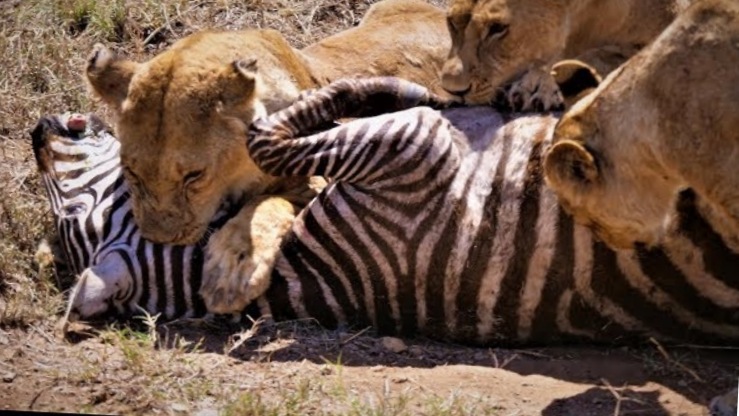
🦓 Lions, hyenas, and wild dogs are their main predators.
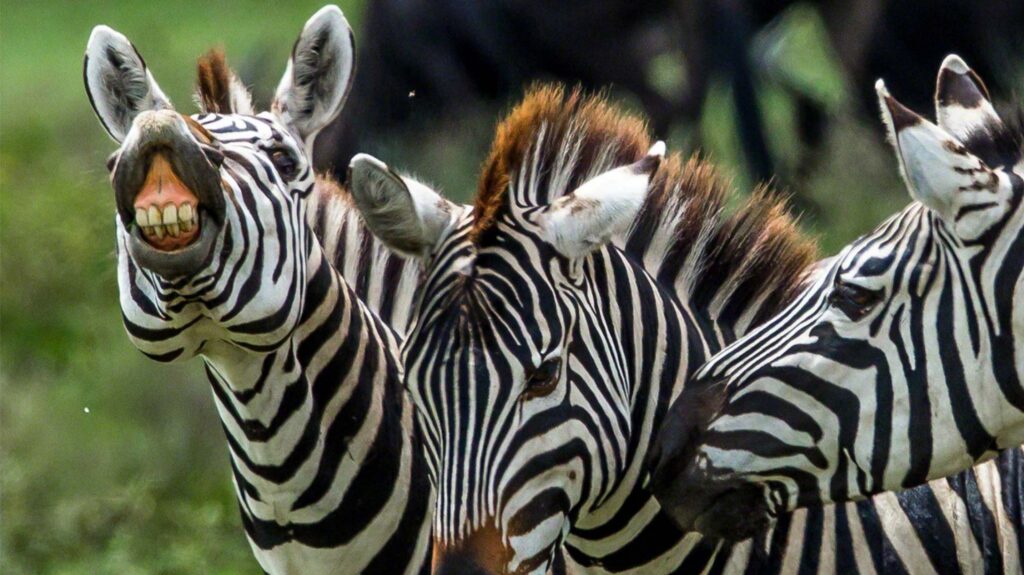
🦓Zebras use vocalizations, facial expressions, and ear movements to communicate.
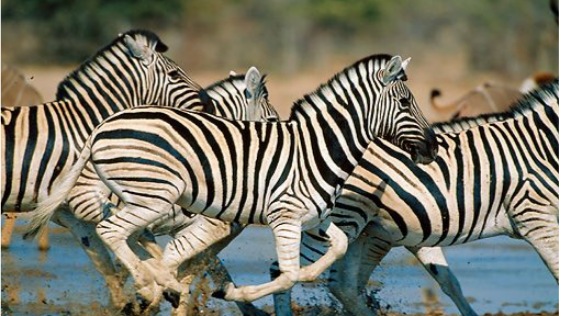
🦓 Zebras can run up to 65 km/h to escape predators.
Best time to visit to watch zebras species are
Plains zebra are seen during the dry season June–October when they gather at waterholes and are easy to spot on open plains, especially during the great migration in Seregati–Masai Mara.
Mountain zebra are seen in the dry season May–September when they’re more visible in rugged mountain areas.
Grevy’s zebra can be seen in Kenya’s dry season June–October especially in Samburu National Reserve or Lewa Wildlife Conservancy.